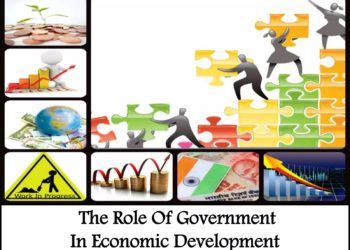Investors often display several well-documented errors, including the disposition effect and excessive trading. The disposition effect is the tendency of investors to prematurely sell profitable stocks while holding onto losing stocks for an extended period, ultimately resulting in reduced returns.
Excessive trading, on the other hand, involves frequent buying and selling of stocks, often driven by overconfidence and noise trading, leading to higher transaction costs and tax implications. One potential explanation for these behaviors is confirmation bias, wherein individuals become attached to their investment beliefs and resist acknowledging evidence that contradicts their viewpoints.
Consequently, they make speculative bets and retain them even as these investments show a downward trend. Confirmation bias can stem from selectively seeking information that aligns with one’s existing beliefs, as demonstrated by an investor who focuses on positive signals confirming their optimistic view while disregarding negative news about a particular stock or industry.
Within the financial markets, numerous paradoxes often confound mathematical models and theories. One intriguing question is, “Why do trades occur?” In essence, an investor’s willingness to sell stocks due to uncertain information signals the stock’s potential decline, while a buyer’s eagerness to purchase a stock might indicate an expected rise. Nonetheless, trades continue to transpire globally, suggesting divergent beliefs and expectations among market participants, prompting them to act despite conflicting signals.
The disposition effect and speculative behaviors can be attributed to confirmation bias. Confirmation bias encompasses the tendency for people to resist altering their initial beliefs and instead favor information that aligns with their pre-existing convictions. This cognitive bias affects investors in various ways, including:
- Overconfidence: Investors may overestimate their abilities and underestimate market risks and uncertainties, attributing their successes to their skills and failures to external factors. This can lead to more frequent and aggressive trading and unrealistic expectations of future returns.
- Hindsight Bias: Investors may retrospectively perceive past events as predictable and obvious, leading to overconfidence in their current decisions and a tendency to ignore alternative scenarios and outcomes.
- Anchoring: Investors may place excessive reliance on their initial information, insufficiently adjusting their subsequent beliefs and estimates. Arbitrary or irrelevant reference points, such as historical prices or round numbers, can influence their valuation and trading of stocks, making them resistant to contradictory information.
- Representativeness: Investors may assess the probability of an event or the quality of a stock based on how closely it fits a specific category or stereotype. They may prioritize superficial or salient features like recent trends or media coverage over underlying fundamentals and statistics, making them susceptible to cognitive errors.
Motivated confirmation bias occurs when individuals strongly desire to confirm their existing beliefs with available information. For example, a juror in a lawsuit may overestimate the importance of evidence supporting their preconceived judgment while downplaying or disregarding conflicting evidence.
Similarly, in financial markets, investors with a strong commitment to a particular stock may seek out and interpret information that aligns with their position, disregarding opposing information. This can result in a confirmation trap, where investors become increasingly entrenched in their beliefs, closing themselves off to alternative perspectives and feedback.


















